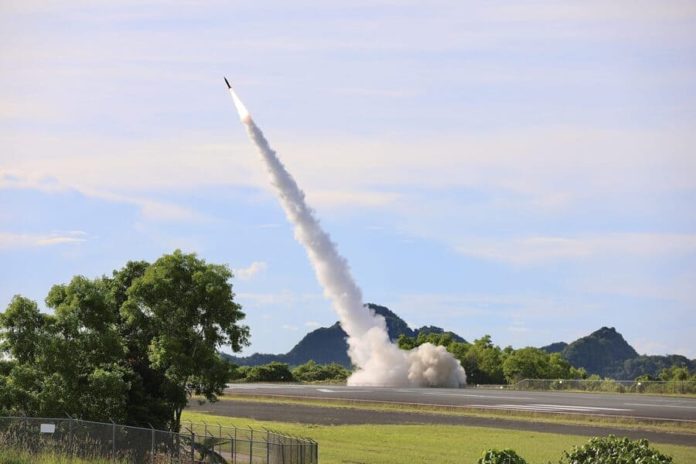Rocket launches are a marvel of modern engineering, showcasing humanity’s quest to explore beyond our planet. But behind every successful launch lies an element that is often overlooked: precision timing. The importance of precision timing in rocket launches cannot be overstated, as it is critical for ensuring mission success, safety, and navigation. In this article, we will delve into why timing is so crucial and how it impacts the entire launch process.
Why precision timing matters
Ensuring mission success
Precision timing is at the heart of mission success. A miscalculated launch window can mean the difference between a spacecraft reaching its intended destination or missing it entirely. For example, missions to Mars require launching when Earth and Mars are optimally aligned, which happens roughly every 26 months. Missing this window can delay the mission by years.
Understanding orbital mechanics is essential for grasping the importance of timing. The precise timing ensures that the rocket’s trajectory aligns perfectly with the Earth’s rotation and the position of celestial bodies. This alignment minimizes fuel consumption and maximizes efficiency.
Enhancing safety
Safety is paramount in rocket launches, and precision timing plays a crucial role in this aspect. Launching at the wrong time can expose the rocket to hazardous conditions, such as severe weather or space debris.
Meteorologists work closely with launch teams to identify the best windows for launch, avoiding adverse weather conditions that could compromise the mission. Precision timing helps mitigate risks associated with lightning, high winds, and other atmospheric phenomena.
The growing amount of space debris orbiting Earth poses a significant threat to rockets and spacecraft. Precise timing ensures that launches avoid known debris fields, reducing the risk of collision and damage.
The role of technology
Modern rocket launches rely on advanced timing systems to synchronize every aspect of the launch process. These systems are designed to handle complex calculations and adjustments in real-time, ensuring that the rocket follows its intended path.
Atomic clocks are used to provide the most accurate time measurements. These clocks are critical for timing the stages of the rocket’s ascent and for the precise deployment of satellites.
Rocket launches are coordinated with global tracking and communication networks. This coordination ensures that the launch vehicle remains in constant contact with ground control, allowing for immediate adjustments if needed.
The human element
Behind every rocket launch is a team of highly trained experts who understand the nuances of timing. Their expertise ensures that every second is accounted for and that the launch proceeds smoothly.
Teams conduct numerous simulation drills to practice timing and coordination. These drills help identify potential issues and allow teams to fine-tune their timing strategies.
FAQs
What happens if a rocket launches at the wrong time?
Launching at the wrong time can result in the rocket missing its intended orbit, encountering hazardous conditions, or even mission failure.
How do scientists determine the best launch window?
Scientists use a combination of orbital mechanics, weather forecasts, and space debris tracking to determine the optimal launch window.
Can a launch be delayed due to timing issues?
Yes, launches are often delayed to ensure optimal timing and to avoid potential risks associated with poor timing.
The importance of precision timing in rocket launches is evident in every aspect of the mission, from planning to execution. Precise timing ensures mission success, enhances safety, and leverages advanced technology to navigate the complexities of space. As we continue to push the boundaries of space exploration, the role of timing will remain a critical factor in achieving our goals. So, the next time you watch a rocket launch, remember the intricate dance of precision timing that makes it all possible.













